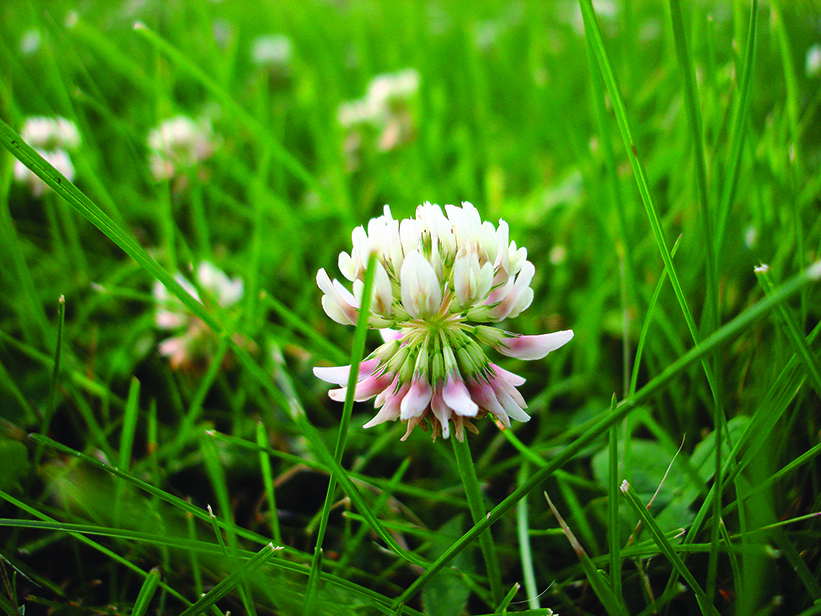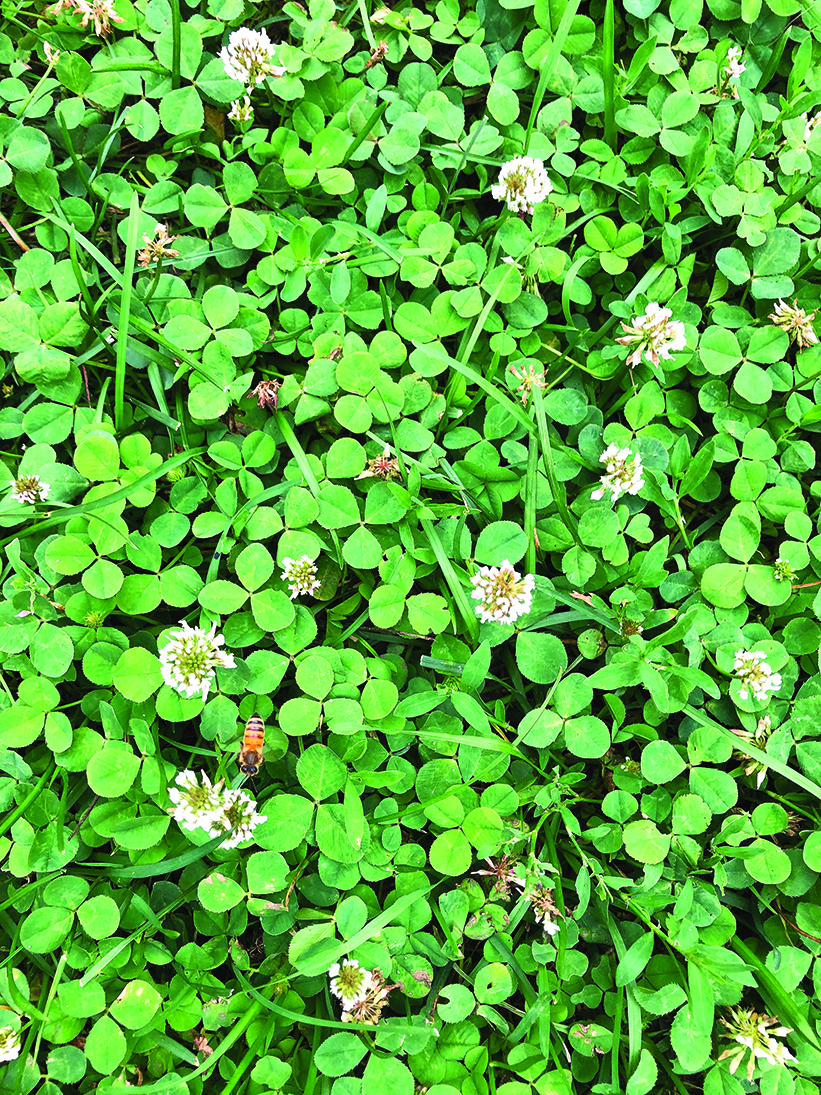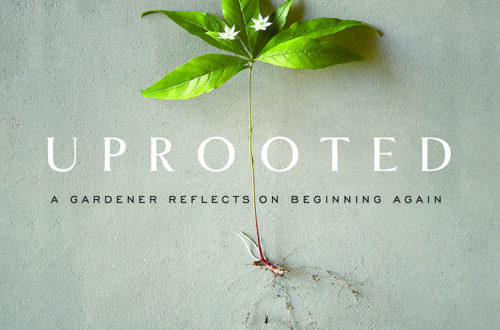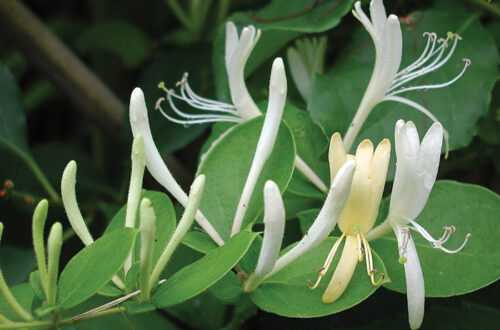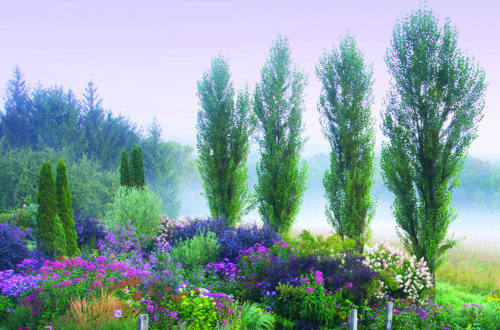By Will Rowlands
An interesting thing happened this spring. I had recently finished a story about the positive aspects of dandelions and was enjoying not chasing around after them when, all of a sudden, it struck me that we had a lot of clover in our lawn.
I remember clover in lawns when I was kid back in the 1950s and 1960s. It was a traditional part of lawn-seed mixes until people started using broad-leaf herbicides. The chemicals were meant to kill dandelions, plantains and other “weeds” but they also killed clover.
In those less enlightened times, people didn’t necessarily want to attract bees and other pollinators to their yard, and who knew that in 2020 we’d be trying to create biodiverse ecosystems?
I always knew there was a connection between bees and clover because clover honey has been around forever. What I didn’t know is that clover is good for bees, butterflies, moths and other pollinators.
Like clover, honeybees are an introduced species. Honeybees were reportedly first imported to Virginia in 1622 and to Massachusetts in 1638. Migrating swarms are said to have reached Connecticut in the mid-1650s.
Clover is listed by the Xerces Society – xerces.org – as one of the top five plants that benefit pollinators. In addition to clover (Trifolium spp.) they include goldenrod (Solidago spp.), lupine (Lupinus spp.), milkweed (Asclepias spp.) and mint (Mentha spp.).
The Xerces Society states, “Considered the most important group of honey plants in North America, clovers produce nectar yielding large quantities of light mild honey with enormous commercial appeal. All are important fodder plants, green manures, and cover crops, and clovers also fix nitrogen.” In other words, clovers provide valuable ecological services.
Native plant purists will point out that clover isn’t native to North America. True. It came over with early settlers perhaps intentionally as forage for livestock or with honey bees, perhaps accidentally with cattle. Bees helped spread the clover and may have helped it spread to some areas before they were even settled. It is now naturalized pretty much everywhere in the US.
White clover has been used as forage from Colonial times. Ben Franklin touted it and George Washington planted red clover as a cover crop.
Importantly, if you’ve got clover and leave your grass clippings in place when you mow, you can probably get away without having to fertilize your lawn.
According to Doug Tallamy, author of Nature’s Best Hope and The Nature of Oaks, clover pumps nitrogen into lawns and is a great indicator that you’re not using broad-leaf herbicides.
Jeff Lowenfels, author of the Lord of The Roots Trilogy (aka The Teaming Series), says “The only reason we don’t have more clover in our lawns is because the herbicides that kill dandelions also kill clover. What a shame! Free nitrogen, wonderful texture, doesn’t need a lot of water and it’s green.”
If these two gentlemen recommend clover that’s good enough for me.
The best clovers for honeybees include White Dutch Clover and Alsike Clover because their small florets are easily accessible to the bee’s short tongues.
Larger pollinators, such as bumblebees, have no problem with the larger florets of red clover, a bushier variety.
The best clovers for Connecticut lawns are Dutch white clover and microclover because they’re low growing. Microclover is the way to go if you want a smoother looking lawn because it’s smaller and doesn’t clump. Clover, by itself, does not stand up well to foot traffic. Most people recommend 15-20 percent clover in your lawn. New varieties of microclover are said to withstand foot traffic much better. Check the producer’s recommendations.
A word of caution, if you or someone in your family is allergic to bee stings take care with clover in your lawn. I’ve been stung on lawns with clover … not because I was attacked but simply because I stepped on a bee. Watch where you step (or wear some shoes!).
The botanical name for Dutch white clover is Trifolium repens. Although trifolium refers to its normal habit of three leaves, it may have four, five or more leaves. Feeling lucky?
Clover Flower Visitors
When in bloom, clovers attract a wide variety of bees, butterflies and wasps. They’re a host plant for caterpillars of gray hairstreak (Strymon melinus), greenish blue (Plebejus saepiolus), shasta blue (P. shasta), eastern tailed-blue (Cupido comyntas), orange sulphur (Colias eurytheme), clouded sulphur (C. philodice), Queen Alexandra’s sulphur (C. alexandra) and southern dogface (Zerene cesonia) butterflies.
Source: Xerces Society – xerces.org
Benefits of Clover
• Attracts bees and other pollinators
• Accumulates trace minerals
• Crowds out weeds
• Reduces runoff
• Drought tolerant
• Its root nodules and symbiotic bacteria fix nitrogen (transform atmospheric nitrogen into fertilizer)
• With other practices, like leaving lawn clippings, can eliminate the need for synthetic fertilizer
